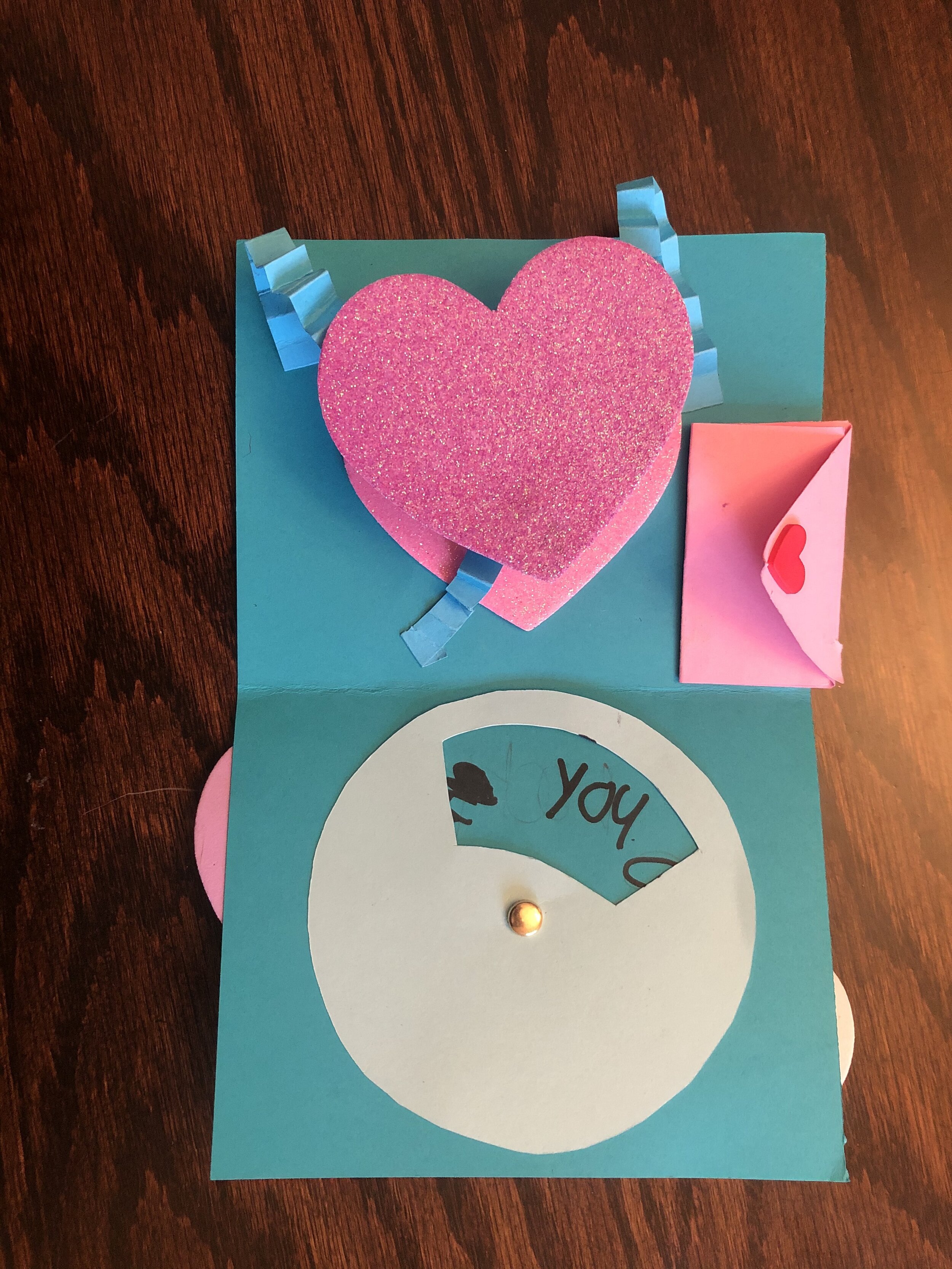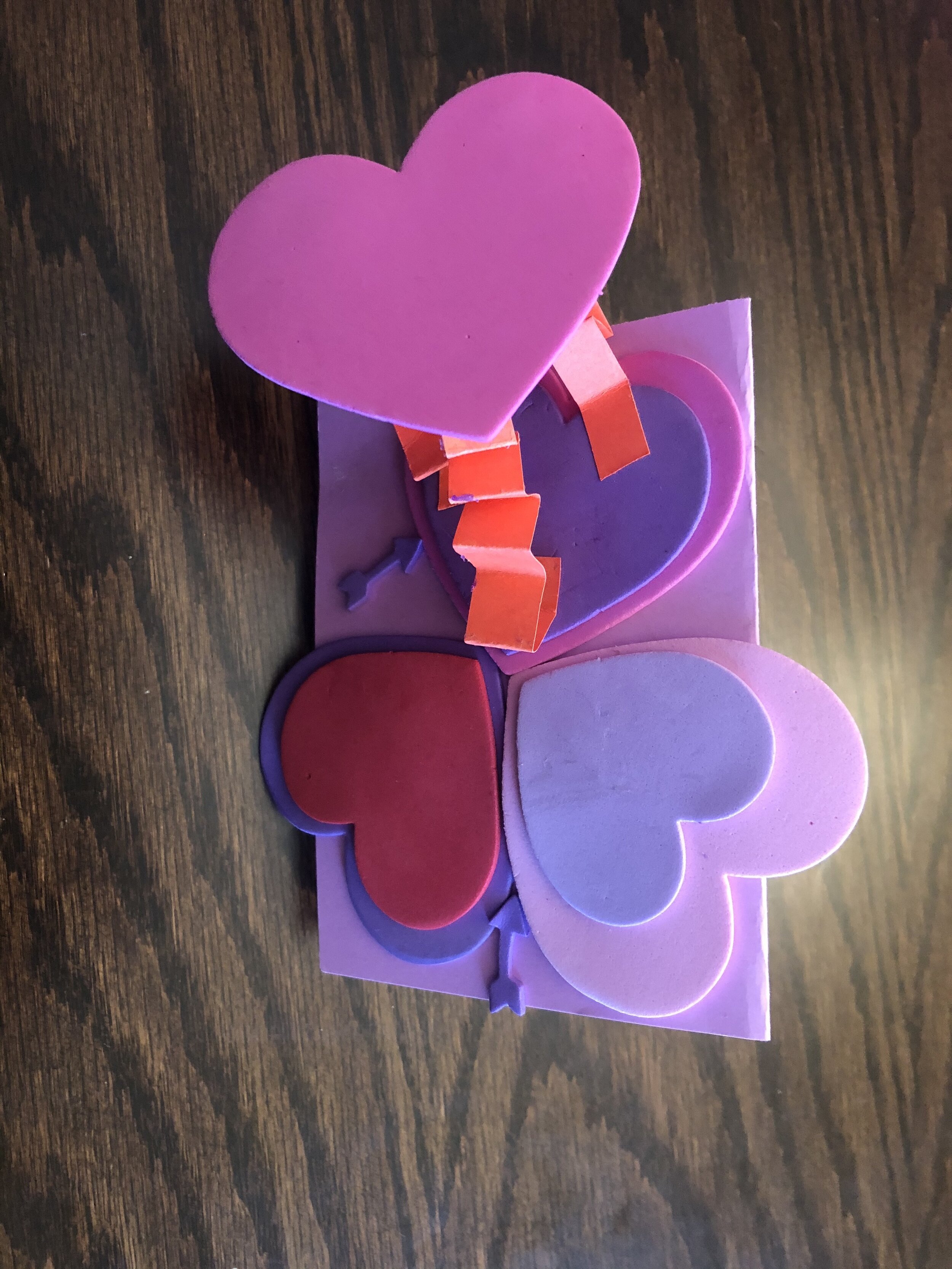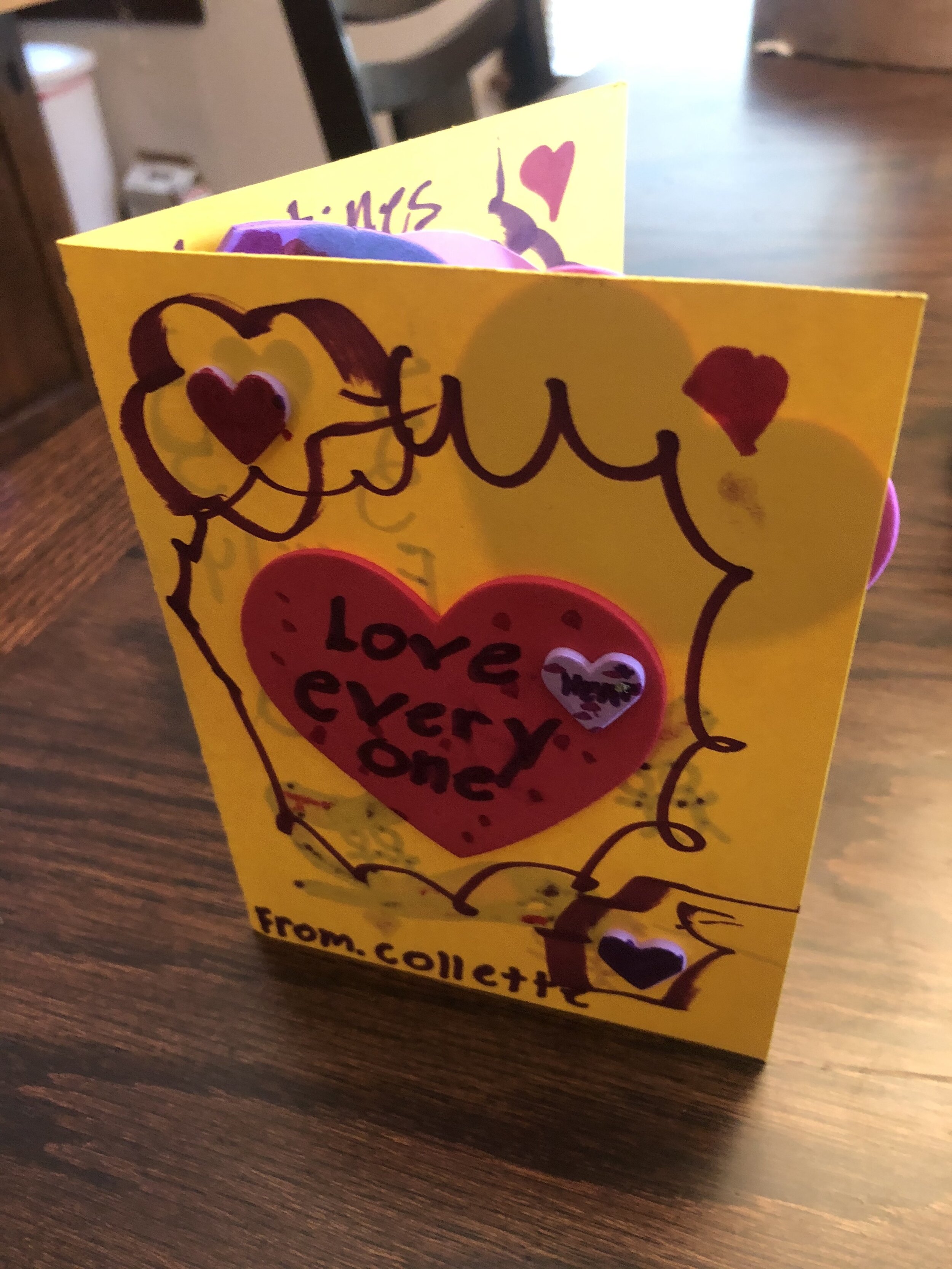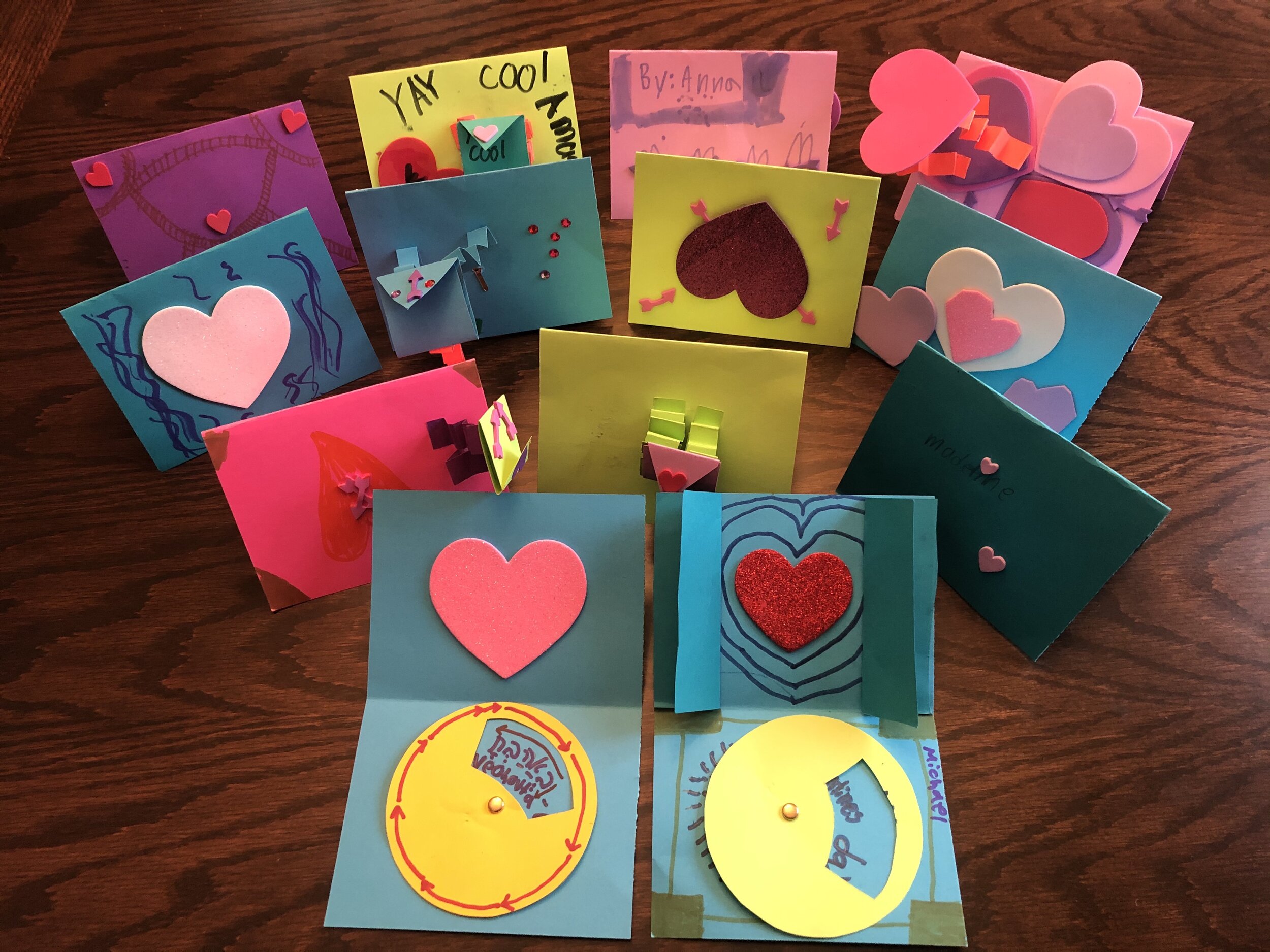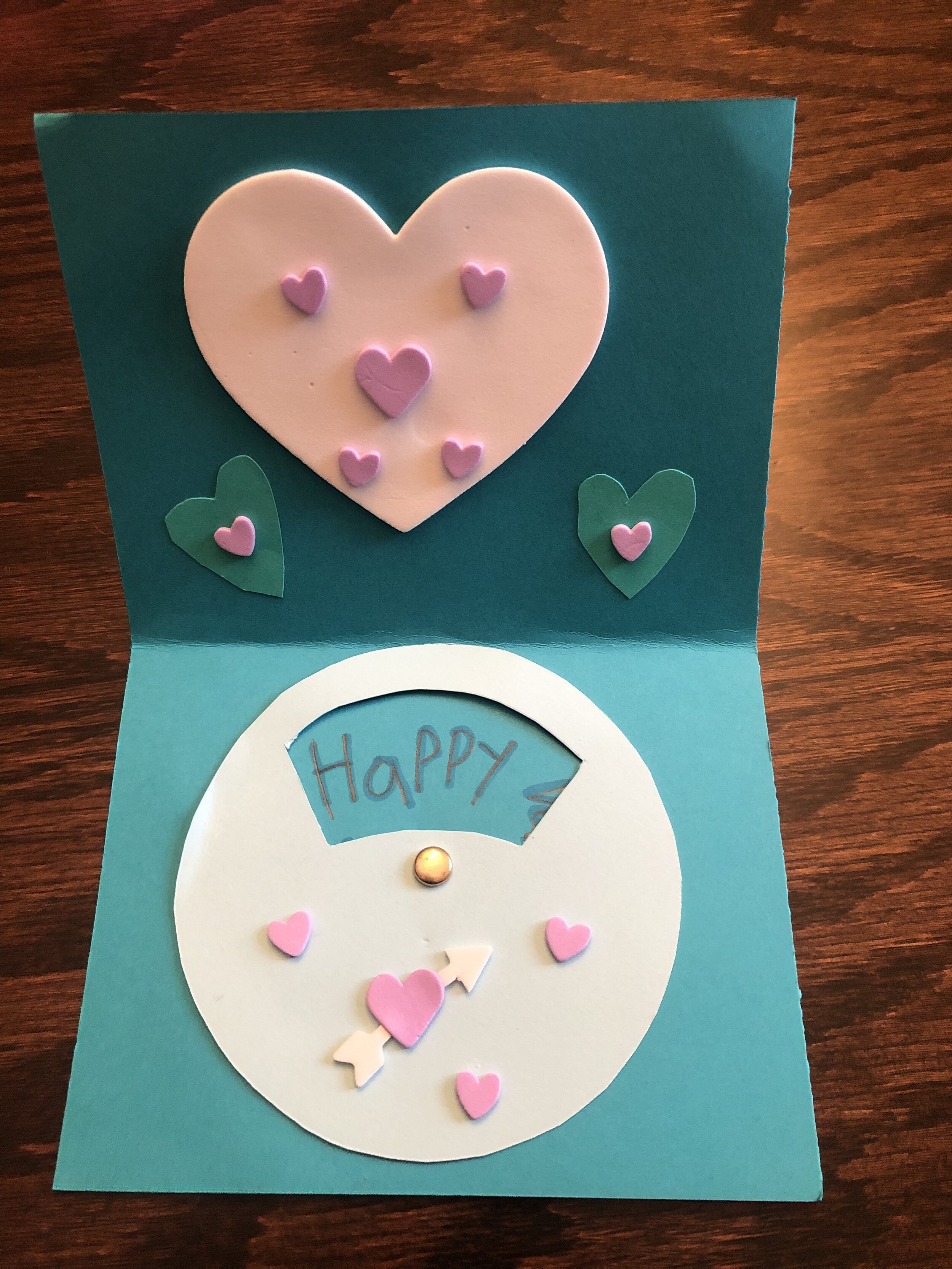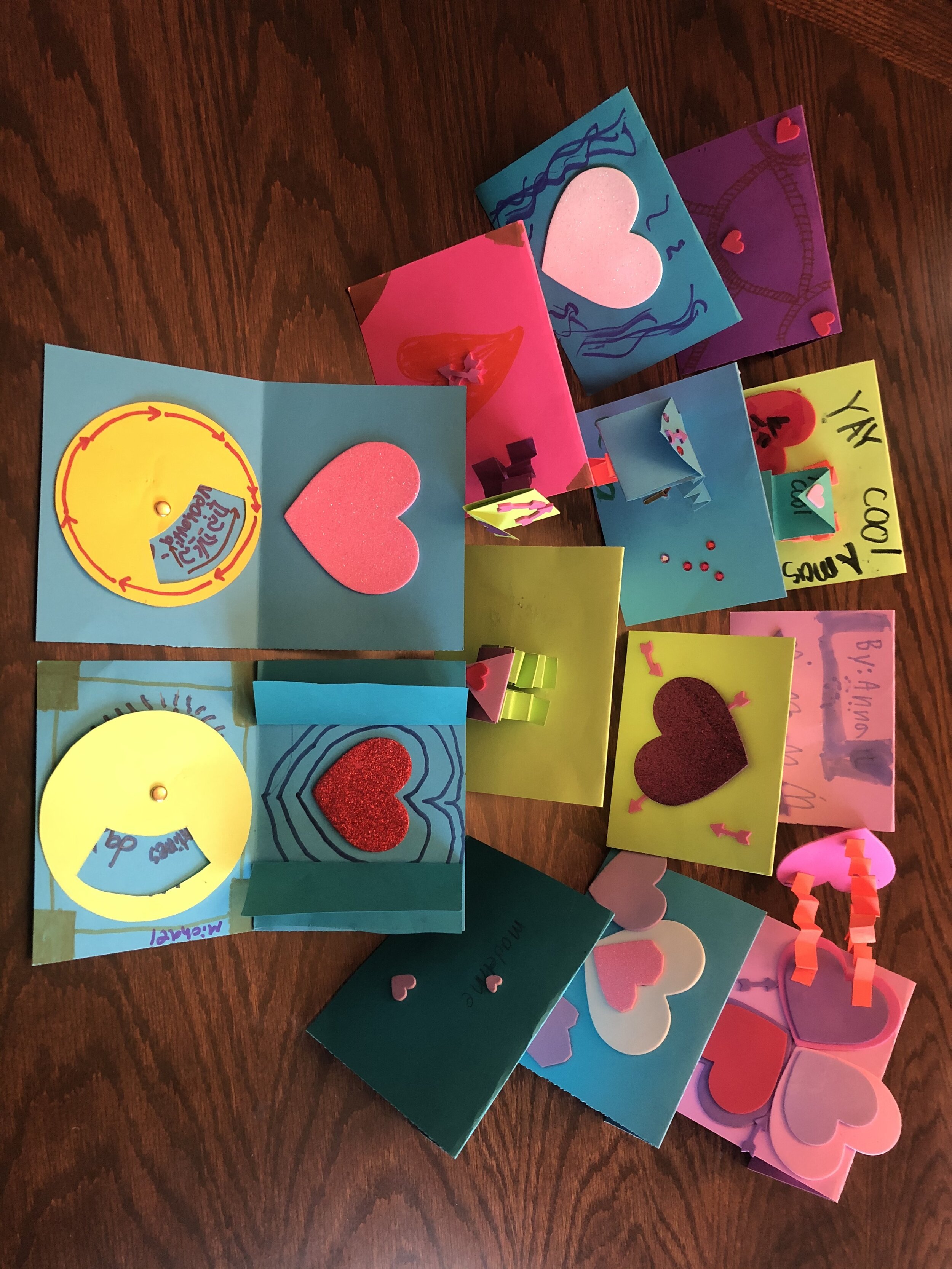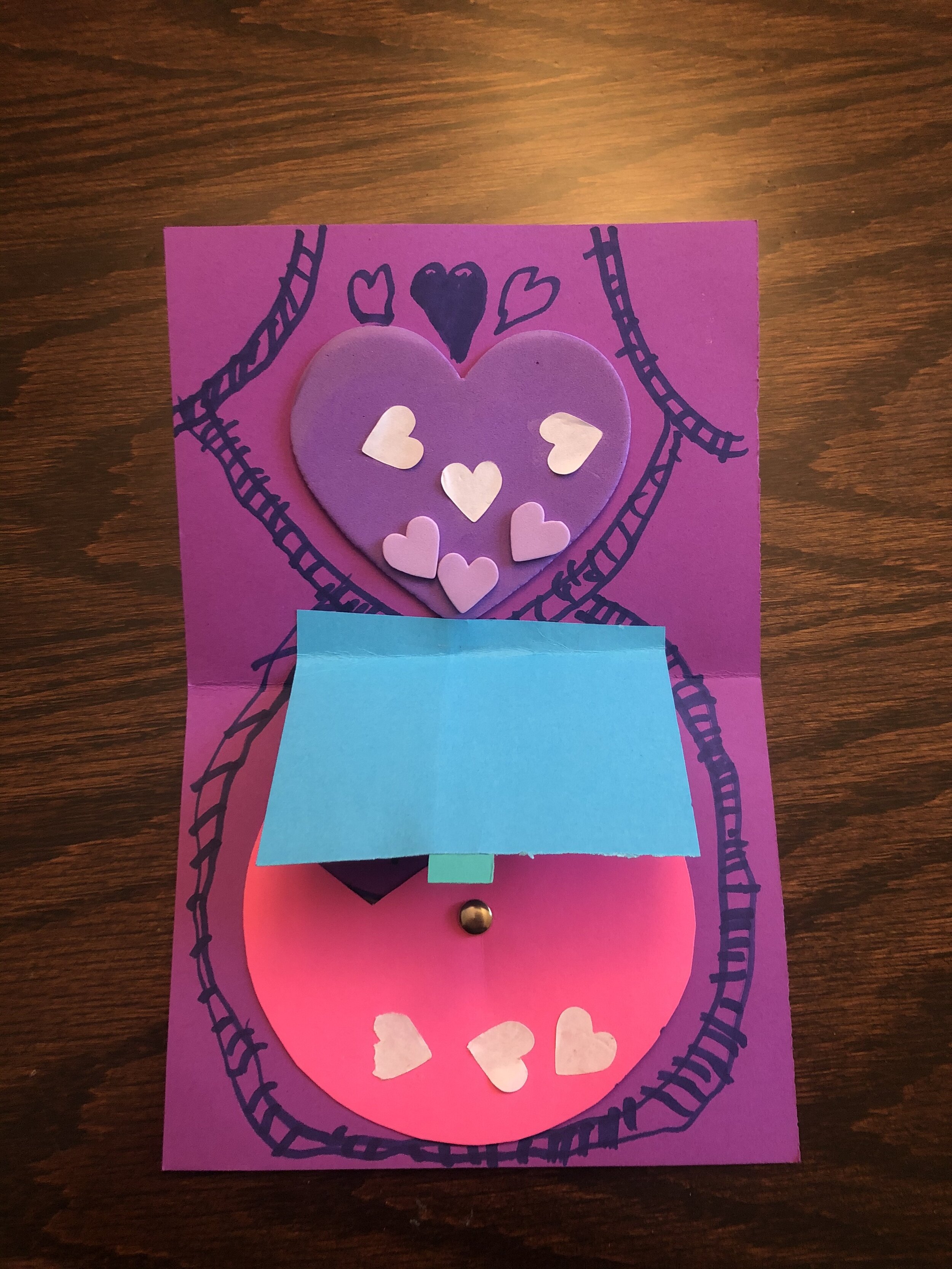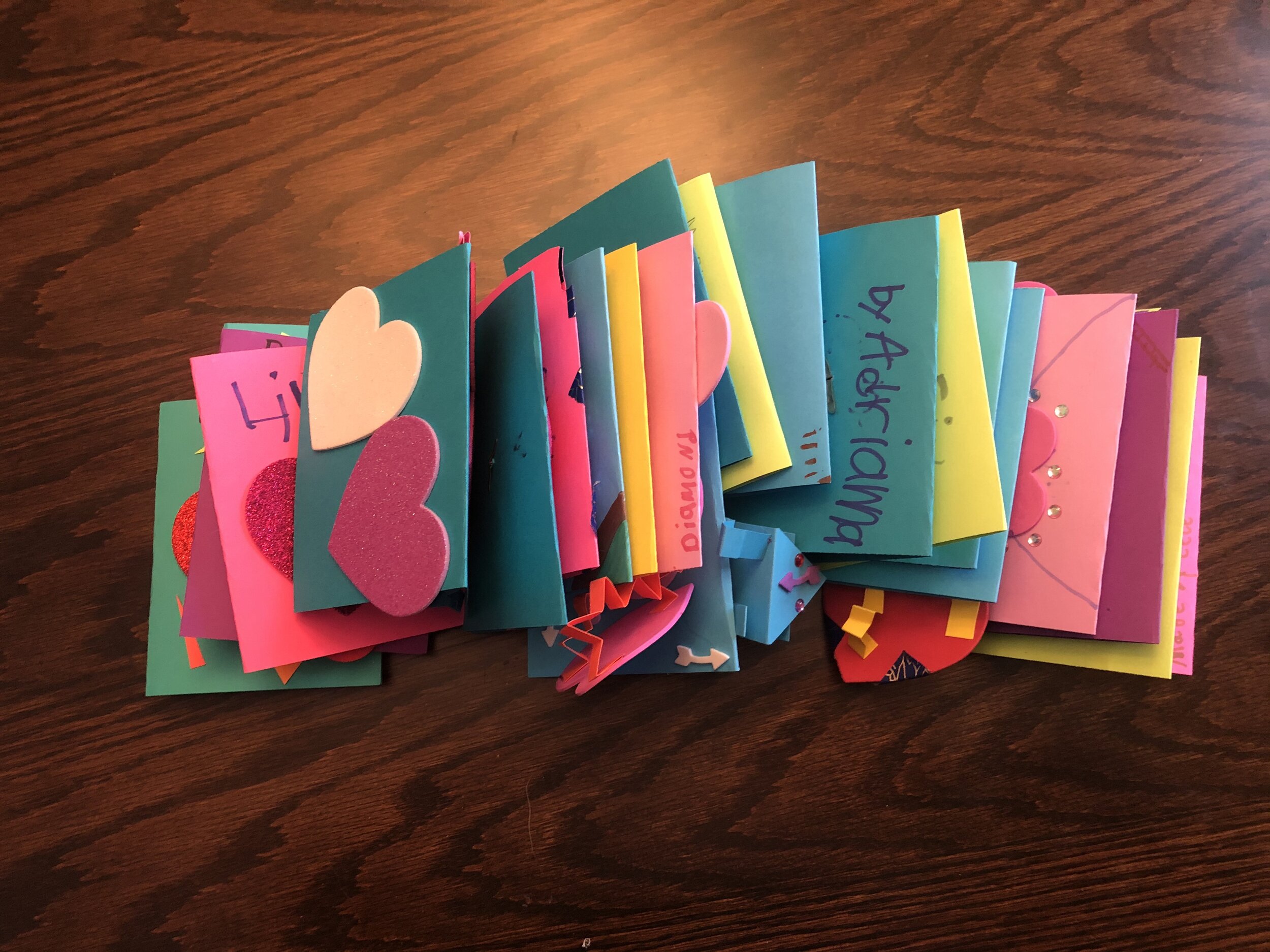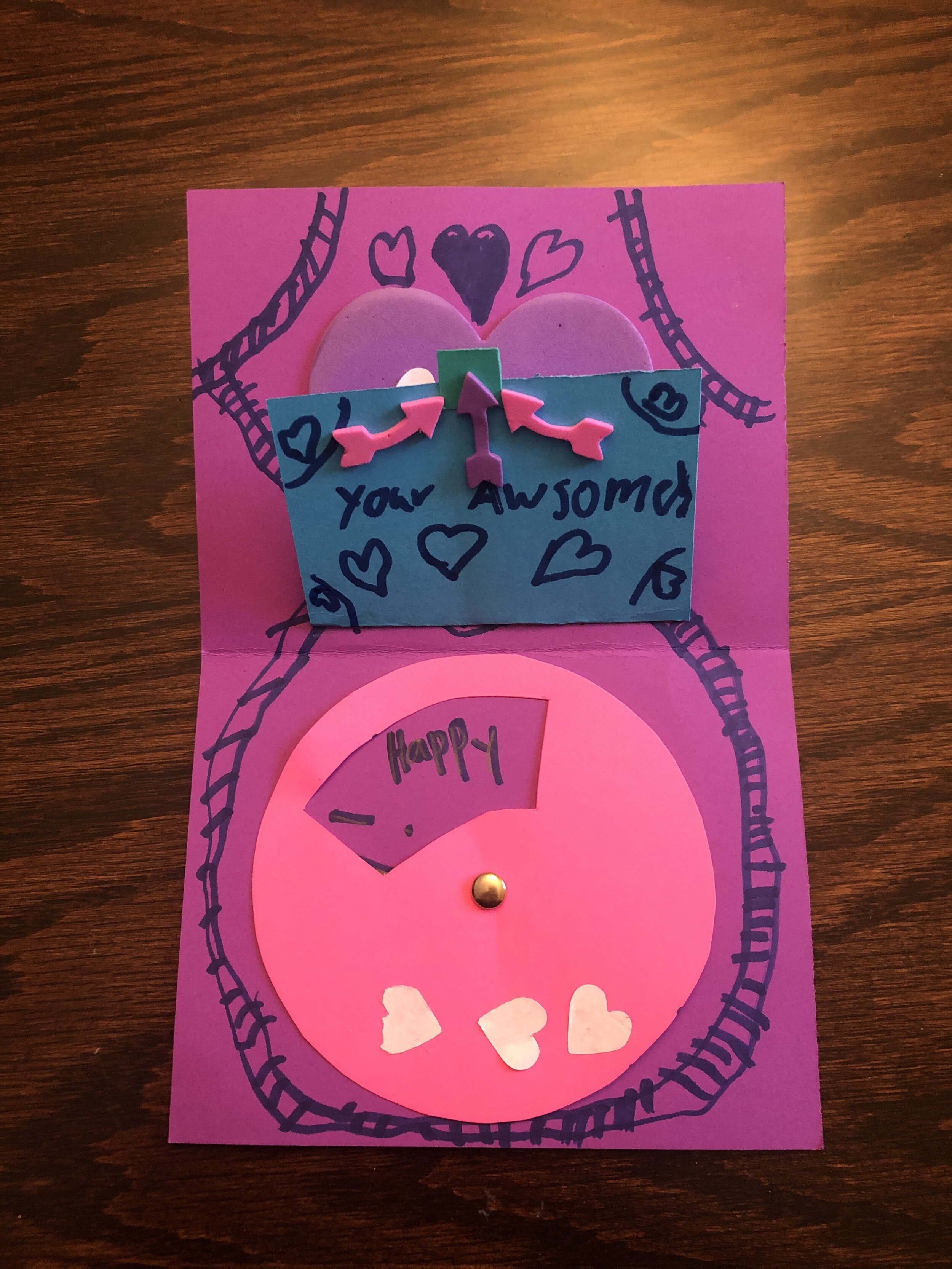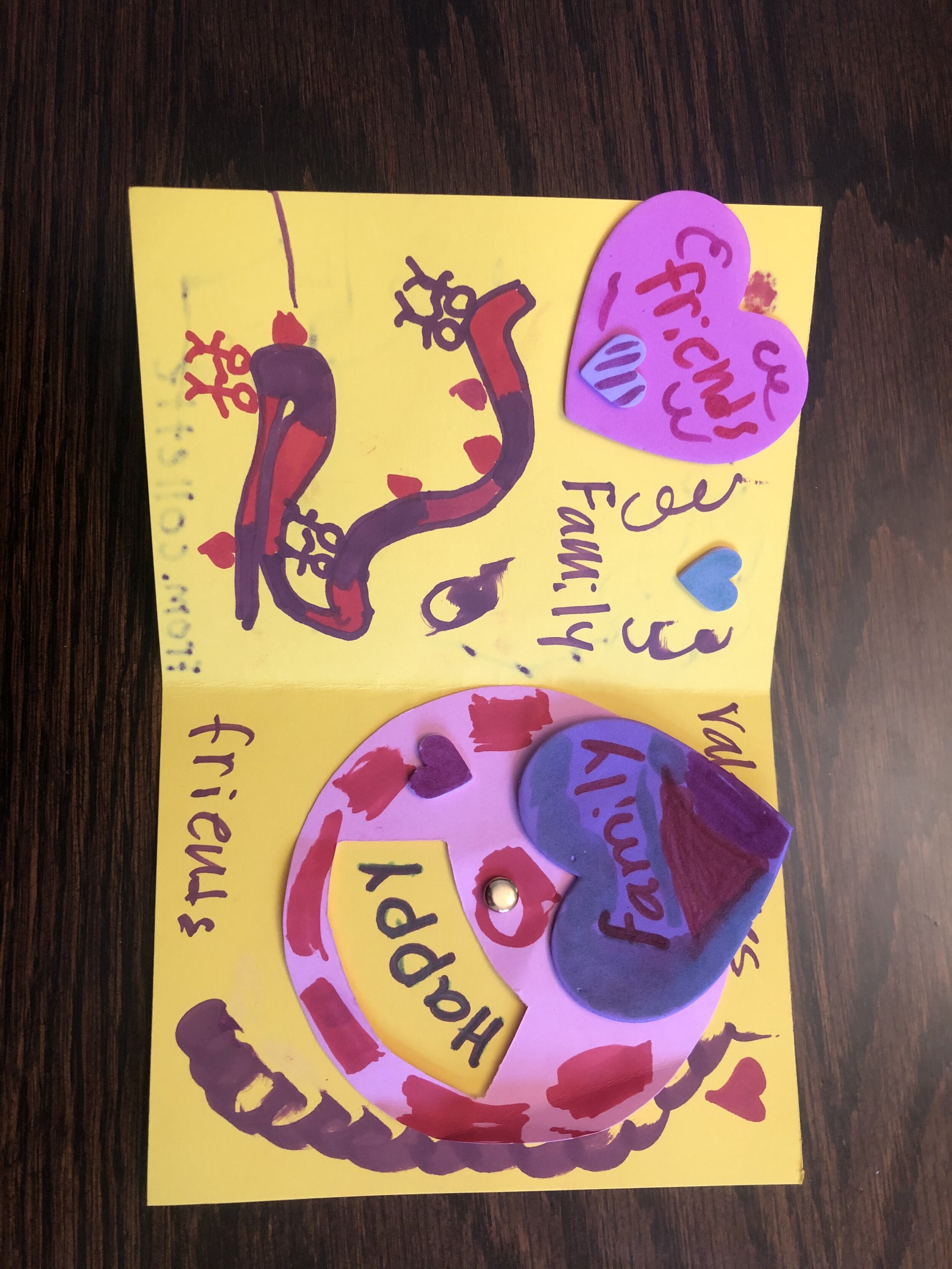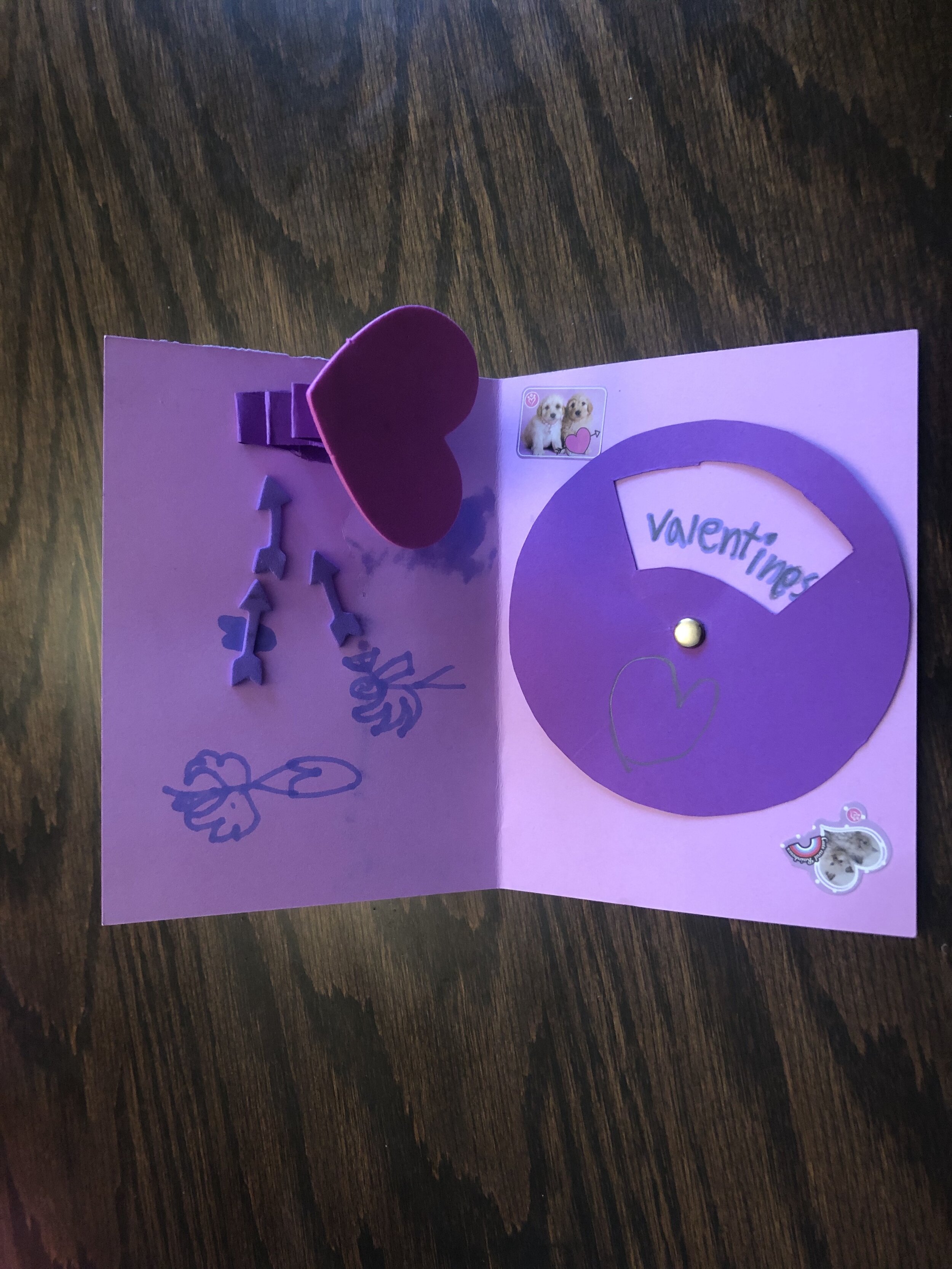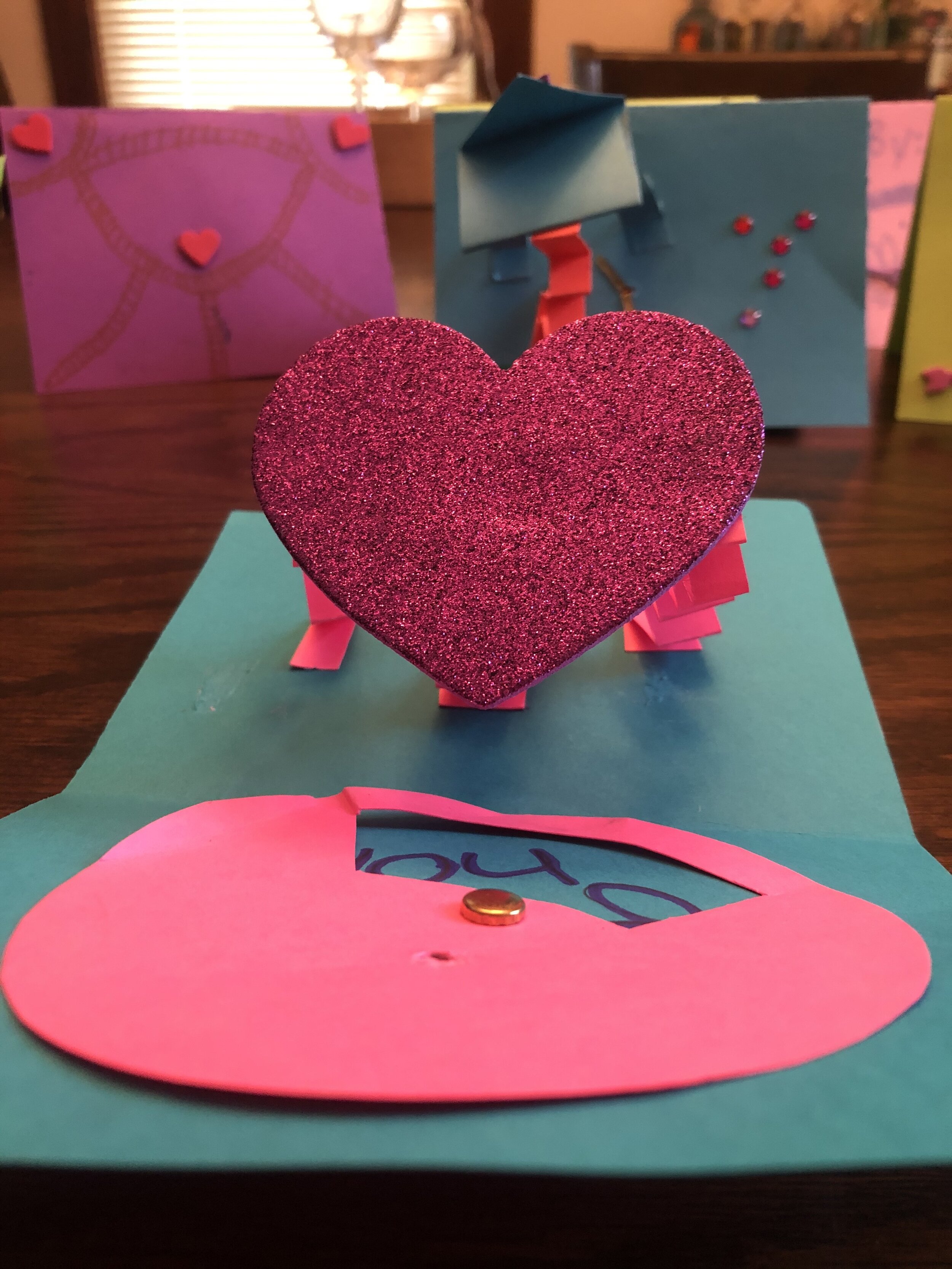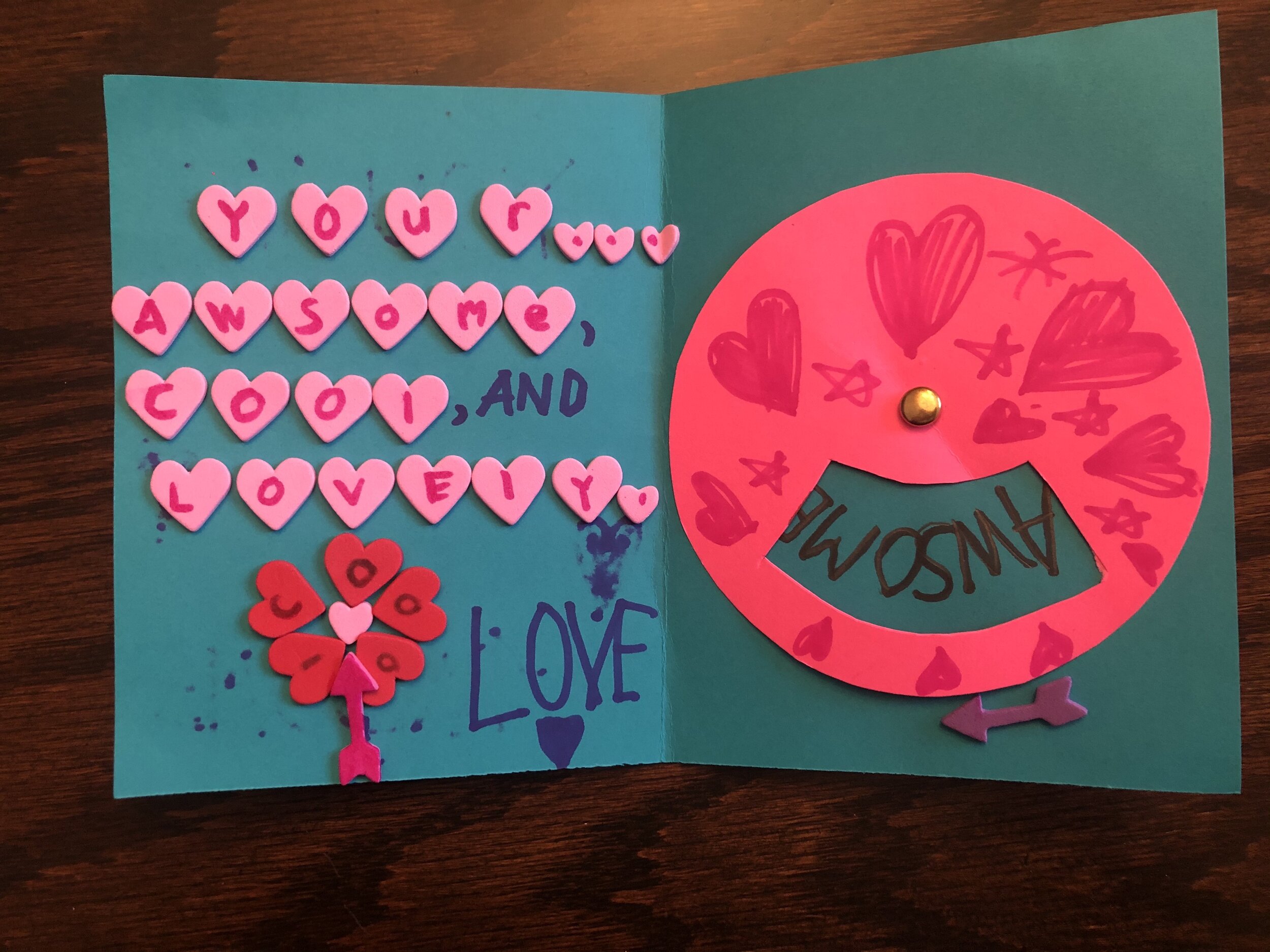The Tin Foil Figure: Creating an Animation from Materials Found at Home -
Grade Level or Age of Participant: 4th Graders
School, Teacher and Classroom: DaVonte Robertson at Spero Academy
MCAD Teaching Artist: Shaelynn Waseka
Number of Students: 10
VISUAL ARTS CONTENT OR STANDARDS
5.4.2.3.2
5. Visual Arts
Grade 4
2. Create
3. Create Original Artistic Work
2. Demonstrate awareness of environmental implications of art materials, tools, studio space, and equipment.
OVERVIEW OF PROJECT
This lesson focuses on using objects from home to create an animated form. The lesson helps students step back from reality and let them explore their creativity. They begin with tinfoil that is bunched up to create character or human form. The form can be can be easily manipulated to adjust to various scenerios or for stop motion animation. Documenting the character, either through photography or animation, they will share what they have created.
“BIG IDEAS”/ ESSENTIAL QUESTION(S)
What shapes create a human form?
How do our bodies move?
How do we balance?
STUDENT OUTCOME OBJECTIVES
Students will:
1. Apply balance and proportions to the figure in a sculpture
2. Create a human form from tinfoil
3. Use the form to replicate movement
4. Document the form in human poses
PRIOR KNOWLEDGE
Following directions on a screen
Safety with Tinfoil (serrated edge on box)
Optional (how to operate a phone, how to download and use an app)
EXAMPLES OF ARTWORK
I will be creating a step by step video of me doing the project. I will include an artist as a quick snippet of information.
ADDITIONAL RESOURCES
Identify books or weblinks used to prepare the lesson plan and/or student learning materials.
Alan Becker (Animator vs. Animation (original)) Interesting video about stick figures
Gerard Regot Stop Motion Animation Techniques
L.S. Lowry, MatchStick Man Famous for painting stylized figures that were described as Match Stick men
Alberto Giacometti Sculpture famous for disproportioned bodies
ASSESSMENT
Hopefully I will get feedback from this art lesson. But, theoretically students will be successful with this lesson if they can create a character where they can pose it in different forms. Another bonus would be getting the character to stand alone in a pose. This will show that they understand proportions and balance enough to keep the character standing.
MATERIALS
Part One
Phone, Pad or Computer access ( for video demo and directions)
Tinfoil
Pencil, Pen, Marker etc.
Piece of Paper
Scissors
Part Two
Cell phone
Scissors
TinFoil Man
Coffee Cup
LEARNING ACTIVITIES AND TIMING
Part 1 Making the TinFoil Figure
1. Open video
2. Watch video through and through to understand concept (Around 9-minute video). Feel free to stop the video as you work on the project.
3. Make a list of materials needed and bring them to a work area. (Tin foil, tablet, phone, smart device with camera, scissors, marker)
4. Take a sheet of tinfoil and add lines and labels like shown in the video
5. Label all parts of the tinfoil where head, legs, and arms are supposed to go.
6. Take scissors and cut where the lines are on the form in the video
7. Scrunch up the foil sections to create character; add additional tinfoil as needed for strength or detail
8. You may develop the form for additional foil characters. use it to create different sizes of foil characters
At this point, you may take pictures of your figure(s) in various settings with a camera or cell phone or you may create an animation with your figure. Do so so follow the directions in the video.
Part Two: Animating the Figure
1. Collect Materials
2. Create a coffee cup tripod (Cut two notches out of top of a coffee cup)
3. Watch Tutorial
4. Experiment with app
5. Start taking pictures; slightly move the figure for each shot in the app
6. Play back the animation!
7. TA DA!
TEACHING ARTIST REFLECTION
What problems are anticipated with this lesson?
Lack of materials
Potentially could be too easy for some students and too hard for others.
Questions arise and students cannot ask anyone what to do. Parents or sibs may need to assist
Character falls apart
How does this project fit into overall curriculum planning for the subject areas?
This project helps the students understand balance and movement. Helps them understand another art form (Stop-Motion)
How will your students’ work be shared with the community?
Work can be shared with parents, classroom teachers or on social media with student releases
How will you receive feedback on your teaching methodology and quality of student work?
Photos back from the students of the completed projects it will help me understand if my method worked




